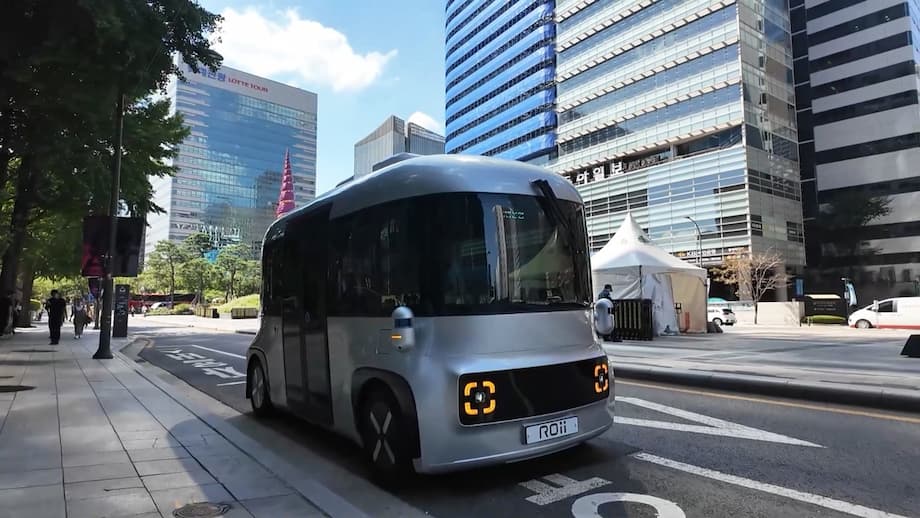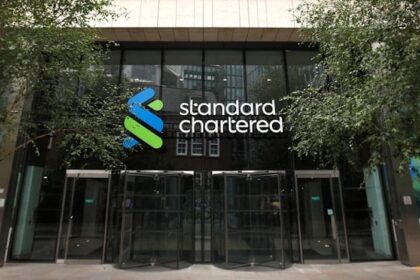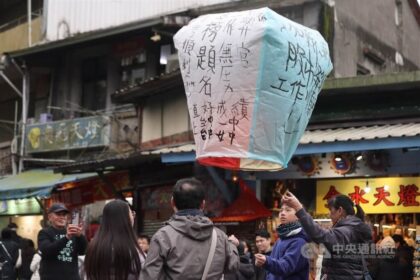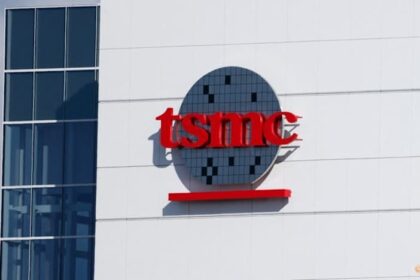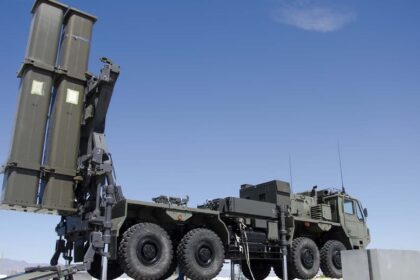Seoul’s Driverless Shuttle Debuts: A New Era for Urban Transportation
In a landmark move for South Korea’s capital, the Seoul Metropolitan Government has announced the launch of the country’s first fully driverless, self-driving shuttle service. Set to begin official operations as early as late September, the new shuttles will circulate along the scenic Cheonggyecheon Stream in central Seoul, offering a glimpse into the future of public transportation and urban mobility.
- Seoul’s Driverless Shuttle Debuts: A New Era for Urban Transportation
- What Makes the Cheonggyecheon Shuttle Unique?
- Seoul’s Broader Push for Autonomous Public Transit
- How Safe Are Seoul’s Self-Driving Shuttles?
- South Korea’s National Strategy for Autonomous Mobility
- Challenges and the Road to Full Autonomy
- In Summary
The initiative marks a significant milestone not only for Seoul but for the entire nation, as it transitions from experimental autonomous vehicles to a fully operational, passenger-ready service. The project is expected to boost tourism, revitalize local businesses, and serve as a proving ground for domestic self-driving technology.
What Makes the Cheonggyecheon Shuttle Unique?
The Cheonggyecheon shuttle stands out as South Korea’s first truly driverless public transport vehicle. Developed by the domestic startup Autonomous AtoZ, the 11-seater shuttle was designed from the ground up for autonomous operation. Unlike earlier autonomous buses, which retained a driver’s seat for emergencies, this shuttle has no steering wheel or driver’s seat at all. Instead, a safety officer will be on board solely to assist passengers and respond to emergencies, but not to intervene in driving.
The shuttle features U-shaped wraparound seating, a large display screen for navigation and route information, and a wheelchair lift to ensure accessibility. Two shuttles will run a 4.8-kilometer circular route from Cheonggye Plaza near Gwanghwamun Station to Cheonggye 5-ga near Gwangjang Market, operating on weekdays from 10 a.m. to 5 p.m. The service will be suspended on weekends and public holidays, when the area becomes a pedestrian-only zone.
During the initial trial phase, rides will be free, with plans to integrate fares into Seoul’s transit card system once the service becomes permanent. The city began test runs in August, with safety experts conducting rigorous verification before opening the service to the public.
Technology Behind the Shuttle
The shuttle relies on a suite of cameras, sensors, and advanced software to navigate busy urban streets. Unlike some international counterparts that use expensive lidar systems, the Cheonggyecheon shuttle employs a combination of cameras and lasers to keep costs manageable and the technology adaptable for future applications, such as delivery vehicles.
According to Jeong Seong-gyun, head of autonomous driving at 42dot (the Hyundai affiliate behind earlier self-driving buses in Seoul), the design is intentionally people-friendly, with large windows and a toy-like appearance to make passengers feel at ease. The goal is to make autonomous technology accessible and non-intimidating for the general public.
Seoul’s Broader Push for Autonomous Public Transit
The Cheonggyecheon shuttle is the latest in a series of autonomous vehicle (AV) initiatives by the Seoul Metropolitan Government. Over the past two years, Seoul has piloted self-driving buses on select routes, including late-night services and village buses in residential districts. These efforts are part of a comprehensive strategy to address driver shortages, improve accessibility, and modernize the city’s public transportation system.
Earlier in 2025, Seoul launched a self-driving shuttle service in Dongjak District, running a 1.62-kilometer loop between Soongsil University and Chung-Ang University. The service operates on weekdays, with all rides seated-only for safety during the initial phase. Similar autonomous shuttles are scheduled to launch in Dongdaemun and Seodaemun districts later this year, with plans for further expansion based on performance and community needs.
Seoul has also introduced early-morning autonomous buses to cater to commuters who start work before dawn, such as cleaning staff and janitors. The No. 160 bus route, a 25.7-kilometer loop, was the first to offer driverless service starting at 3:30 a.m., half an hour before regular buses begin operating. This addresses both the shortage of early-morning drivers and the needs of marginalized communities.
Night Buses and Taxis: Expanding the Autonomous Fleet
Seoul’s ambitions extend beyond shuttles and village buses. The city has rolled out late-night autonomous buses, such as the A21 route, which operates around midnight and is designed to fill the gap left by a dwindling pool of night-shift drivers. Passengers are required to remain seated and buckled up, with a safety driver present to take control if necessary. The technology is classified as Level 3 autonomy, meaning human intervention is still required in certain situations.
In September, Seoul is also set to launch Korea’s first late-night autonomous taxi service in the Gangnam area. Passengers will be able to hail these self-driving taxis via the Kakao T app, with the service initially free before transitioning to paid rides in 2025. The city’s vision is to create a seamless, integrated network of autonomous vehicles that can serve citizens around the clock.
How Safe Are Seoul’s Self-Driving Shuttles?
Safety remains a top priority as Seoul rolls out its autonomous vehicle services. Each shuttle is equipped with multiple layers of redundancy, including real-time monitoring by safety officers and the ability for human intervention in emergencies. During the trial phase, only seated passengers are allowed, and all must wear seatbelts.
Firsthand accounts from trial rides reveal both the promise and the challenges of autonomous transit. A reporter from Korea JoongAng Daily described the experience of riding a self-driving village bus in Dongjak District: the vehicle handled corners smoothly and maintained a steady speed, but braking was often abrupt and mechanical, especially when other drivers behaved unpredictably. The safety driver intervened when necessary, particularly in school zones or heavy traffic.
One passenger remarked, “I was a bit nervous getting onboard. Seeing the driver sitting there did reassure me a bit.”
Such feedback is invaluable as the city refines its technology and operational protocols. The goal is to gradually phase out human oversight as confidence in the system grows.
Expert Perspectives and Public Reception
While many passengers express excitement and curiosity about the new technology, experts urge caution. Graham Currie, a professor of public transport at Monash University in Melbourne, told the BBC:
“The view that autonomous cars are our future is sheer science fiction. It’s nonsense, quite frankly. On the street we have dogs, we have children, we have weather, we have other vehicles. Technology hasn’t sorted all of that out yet and it may never do.”
Despite skepticism, Seoul’s city officials remain optimistic. They see autonomous shuttles as a solution to persistent driver shortages and a way to make public transport more efficient and inclusive. The city’s bus drivers’ union, however, has voiced concerns about job security and safety, calling for re-education and support programs for workers affected by automation.
South Korea’s National Strategy for Autonomous Mobility
Seoul’s efforts are part of a broader national push to develop and commercialize autonomous vehicle technology. In 2022, the Ministry of Land, Infrastructure and Transport launched self-driving buses on bus rapid transit (BRT) routes in Sejong, the administrative capital. These Level 2 and Level 3 vehicles operate with a driver and safety officer on board, but the goal is to achieve Level 4 autonomy—where vehicles can operate without human intervention in most conditions—by 2025.
The government has pledged over $1 billion in investment by 2027 to build the necessary infrastructure and accelerate the deployment of AVs. Private sector players like Hyundai’s affiliate 42dot and startups such as Autonomous AtoZ are at the forefront of developing the technology, with ambitions to export their solutions to international markets, including Singapore and the Middle East.
Private Sector Innovation and International Expansion
Beyond public transit, South Korean companies are exploring business-to-business (B2B) applications for autonomous shuttles. 42dot, for example, operates self-driving shuttles at the Samsung Mobility Museum in Yongin, providing efficient staff movement and visitor transport. The company aims to offer integrated solutions that include autonomous driving technology, fleet management, and digital platforms.
Autonomous AtoZ, the developer behind the Cheonggyecheon shuttle, is also eyeing overseas markets. The Seoul deployment serves as a showcase for potential clients in regions like the Middle East, where demand for smart city solutions is growing rapidly.
Challenges and the Road to Full Autonomy
Despite rapid progress, several challenges remain before Seoul’s streets are filled with fully autonomous vehicles. Technical hurdles include ensuring safe navigation in complex urban environments, handling unpredictable human drivers, and coping with adverse weather conditions. Regulatory frameworks must also evolve to address liability, insurance, and data privacy concerns.
Public acceptance is another critical factor. While many passengers are eager to try the new technology, others remain wary, especially when it comes to safety and reliability. The city is addressing these concerns through transparent communication, rigorous safety testing, and gradual scaling of services.
Implications for Urban Life and the Economy
The introduction of driverless shuttles is expected to have far-reaching implications for Seoul’s urban landscape. By reducing reliance on human drivers, the city can address labor shortages and potentially lower operational costs. Autonomous vehicles can also improve accessibility for people with disabilities and those living in underserved areas.
From an economic perspective, the project is poised to attract tourists and stimulate local businesses along the Cheonggyecheon route. The integration of advanced technology into daily life reinforces Seoul’s reputation as a global smart city and innovation hub.
In Summary
- Seoul is launching South Korea’s first fully driverless shuttle service along Cheonggyecheon Stream in late September, using domestically developed technology.
- The shuttles have no driver’s seat or steering wheel and are monitored by a safety officer during initial operations.
- This project is part of a broader push to integrate autonomous vehicles into Seoul’s public transit system, including night buses, village buses, and soon, late-night taxis.
- Safety remains a top priority, with multiple layers of oversight and gradual scaling based on public feedback and technical performance.
- South Korea aims to achieve Level 4 autonomy by 2025, supported by significant government investment and private sector innovation.
- Challenges remain, including technical, regulatory, and public acceptance issues, but the initiative positions Seoul as a leader in smart urban mobility.


